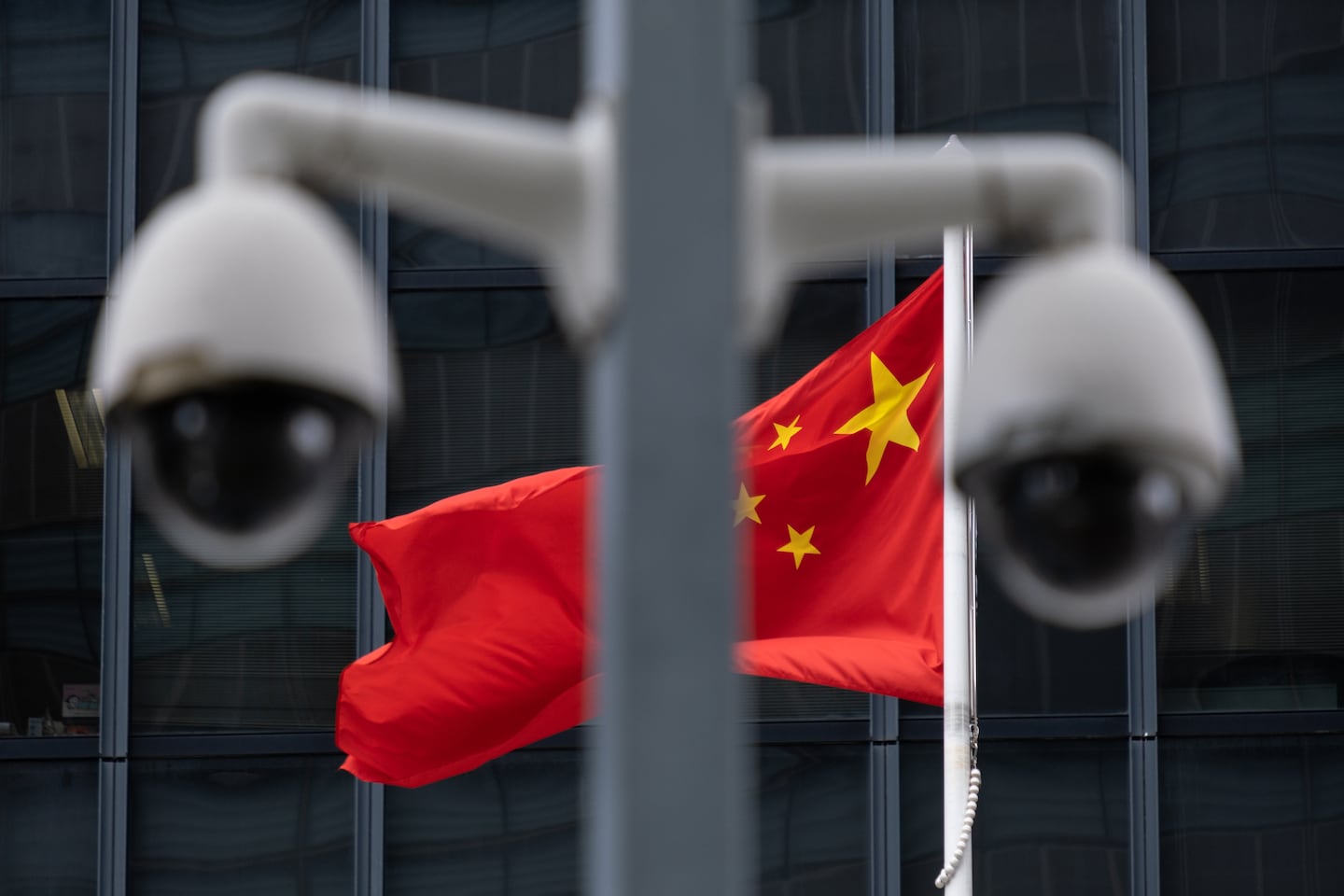China is exporting its digital authoritarianism

The Senate report explores how China assembles “multi-modal” biometric portraits of individuals, drawing on data such as DNA samples paired with tools such as facial recognition — and then uses omnipresent cameras, smartphone apps and more to sort people into categories, track their movements and even take preemptive action against those considered threats. This strategy is fully realized in Xinjiang as part of China’s cultural genocide of the Uighur minority, but the expansion of the nation’s Social Credit System promises a wider rollout. China infamously censors its Internet with its Great Firewall, and a new cybersecurity law allows the government legal cover to snoop on civilians’ online activity even within this restricted space.
China doesn’t want these capabilities to remain only in China. China physically exports digital infrastructure to more than 60 countries through its Belt and Road initiative, and Chinese companies export surveillance products to developing countries in Africa, South America and Central Asia — helping Venezuela to craft a “Fatherland Card” that monitors citizen behavior, for instance, or facilitating Zimbabwe’s ambitious facial recognition program. The Chinese government also exports laws: Nations that have participated in seminars organized by the regime tend to return home and craft similar cybersecurity legislation. By building influence in global standards-setting bodies, China hopes to shape international guidelines toward digital authoritarianism, too.
Finally, China exports ideas. The Stanford report takes this as its primary subject. The “50 Cent Army” of propagandists responsible for boosting pro-regime narratives domestically has turned its attention outward. Through a combination of overt state-sponsored media and covert tactics such as content farms and fake personas, China is trying to convince the world of the same thing it attempts to prove by touting invasive technologies: that closed is better than open and that controlled is better than free. The only bright spot? The trickery isn’t all that sophisticated or convincing — yet.
China has a vision not only for itself but also for the globe, and it is doing all it can to turn that vision into reality. To promote a more attractive alternative, the United States must engage with the world rather than retreat from it.
Read more:






